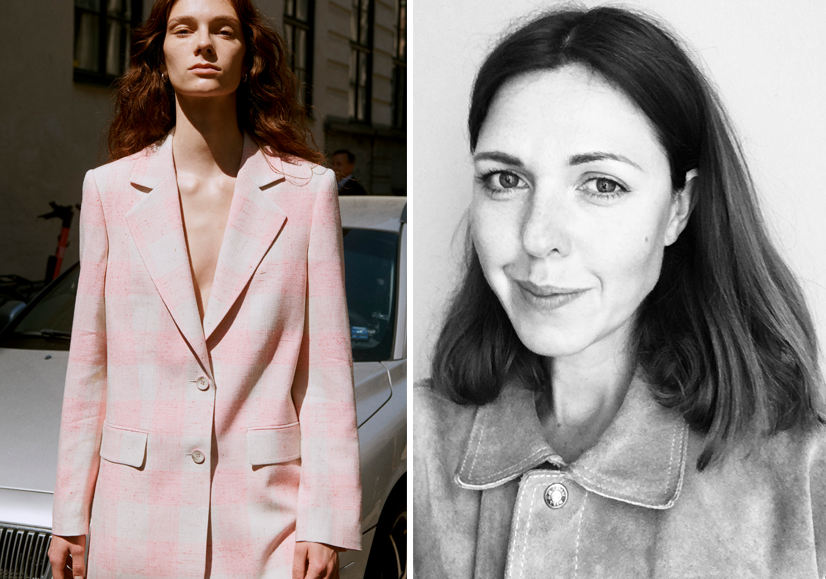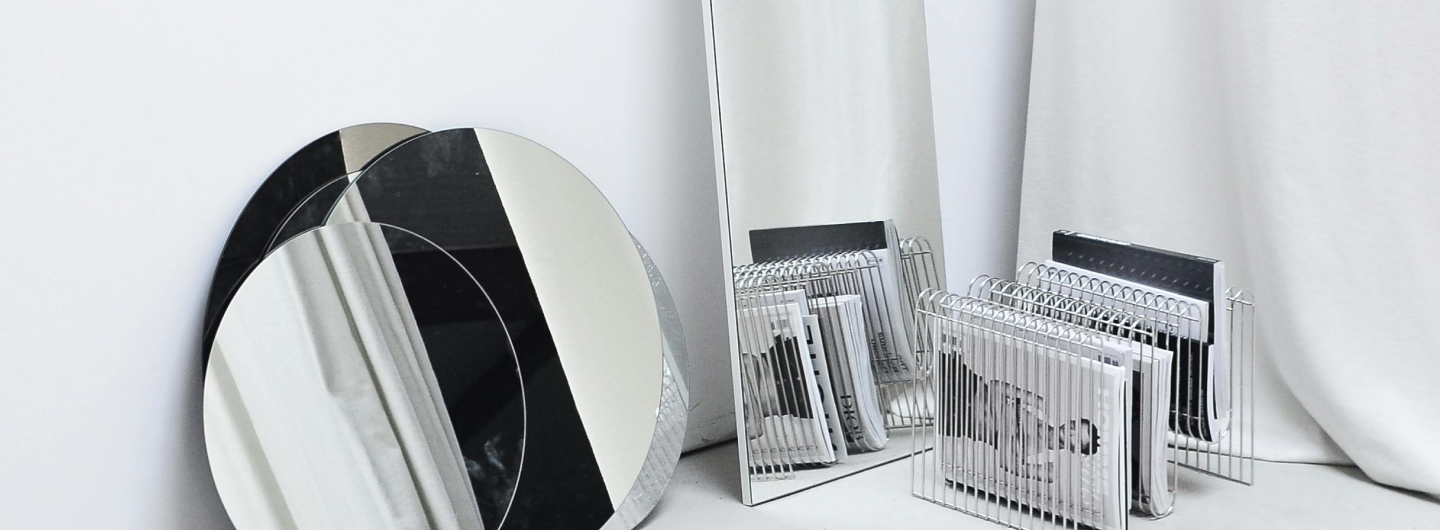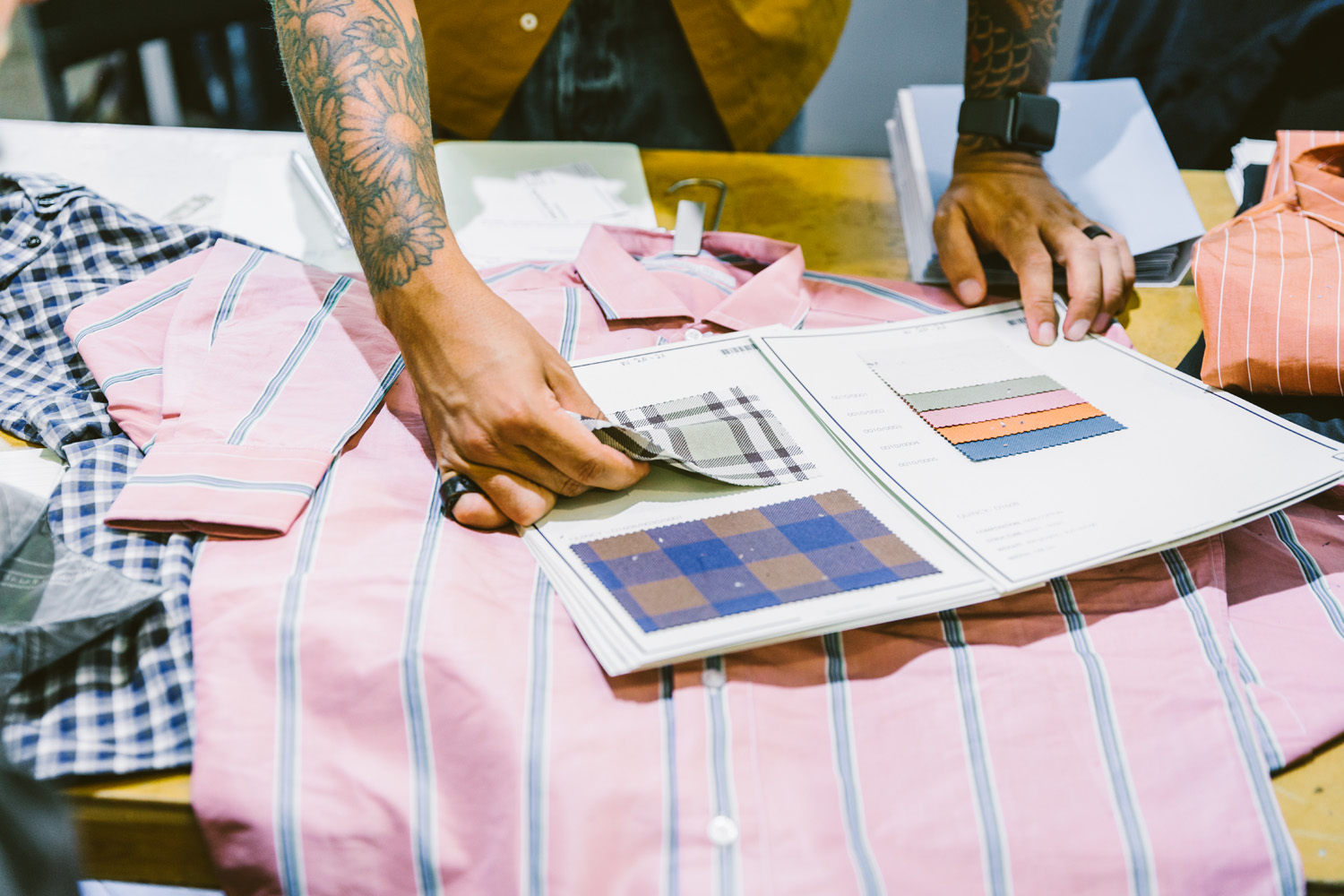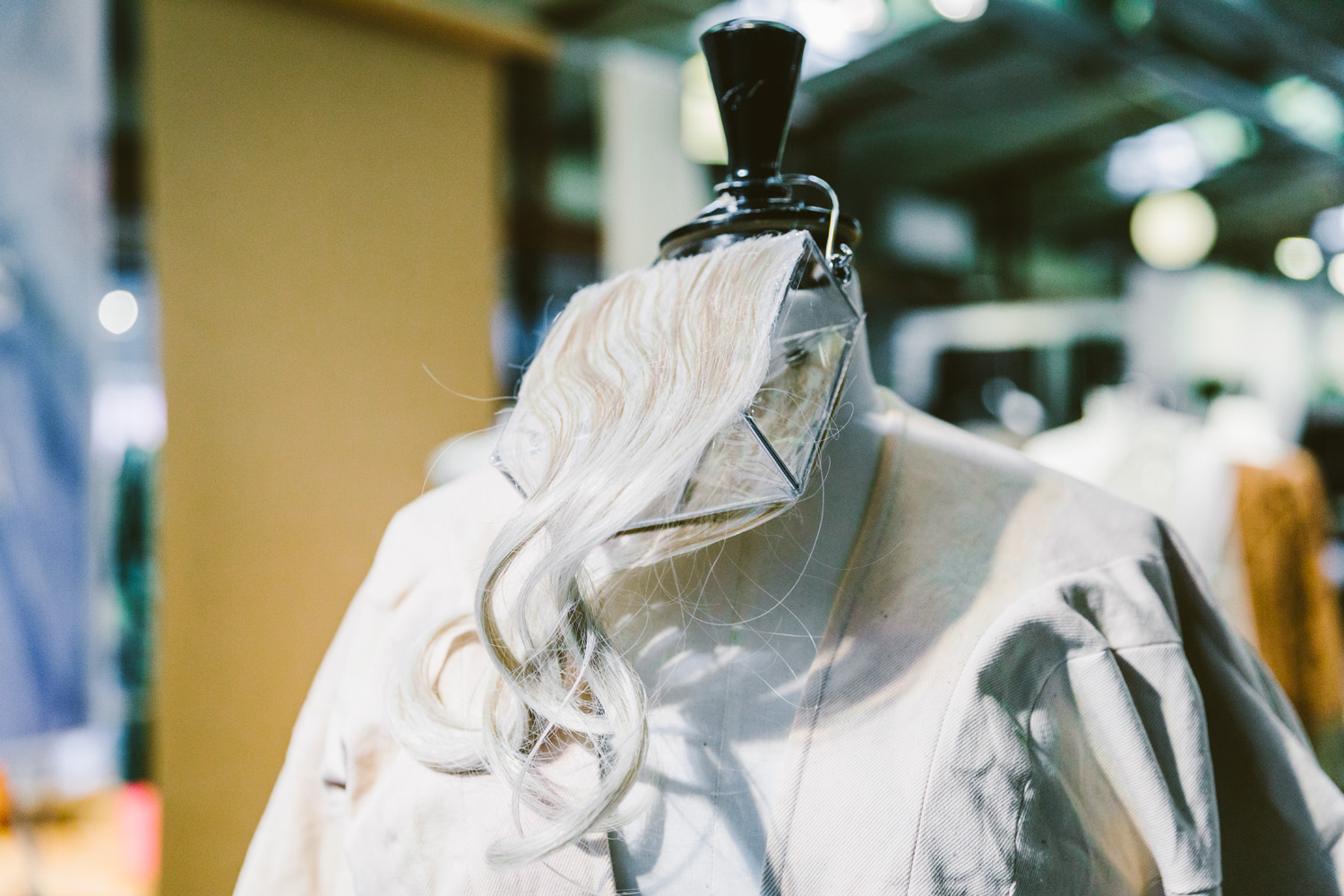
Karin Fritz from Rodebjer about textile purchases
Lately, we at Stockholm Fashion District have been thinking about the physical versus the digital. Physical purchases can be absolutely necessary for B2B, such as in the textile industry. At the same time, however, the present times sometimes also demand digital alternatives. But how do you best adapt there? We bring together both textile exhibitors and buyers with extensive knowledge, as well as experience, at both Textile Days and Preview, two fairs with a focus on textiles and accessories for production. After Textile Days last fall, we took the opportunity to ask Karin Fritz, Head of Creative Design Studio at Rodebjer, four quick questions about how she views today’s textile purchases.
How important would you say it is for you buyers to be physically present and to be able to see and feel the fabrics?
“The fabrics and materials are one of the most important parts of the design work. To feel a piece of fabric and to be able to see how it falls and how it feels against the skin, often gives us an idea of what garment we can create. The goal is to give our customers the very best we can, from a design, quality, and sustainability point of view, and to do so without having the materials in hand feels unthinkable.”
From a sustainability perspective, are there any advantages and disadvantages to buying fabrics digitally or physically on-site?
“During the pandemic, we and our fabric suppliers have had to adapt, and very good ideas and digital solutions have come out of it, but the final choice is still not made until we have the material in hand. It feels important to think about our common resources and how we use them. The more secure and selective we can be in our choice of fabric, the better and the less waste.”
Are you actively looking for sustainable materials and how does the selection process work in such cases?
“We are constantly working to increase the proportion of sustainable materials in our collection. Partly by always choosing a sustainable fabric where possible, and to work with our fabric suppliers to drive new developments and opportunities forward. We want to give our customers sustainable choices without compromising on design and expression.”
Would you like to share your strongest trendsetting?
“Creating fashion that is pleasurable and that enhances life while being sustainable from all aspects, feels like the only relevant thing going forward.”
Photo: Collection photo from Rodebjer/Karin Fritz




